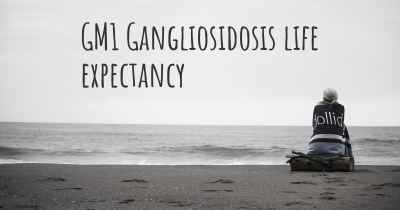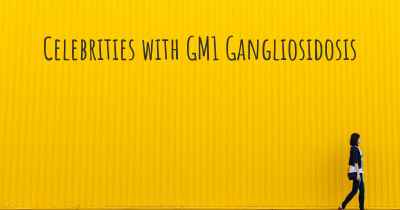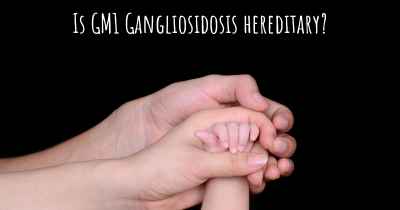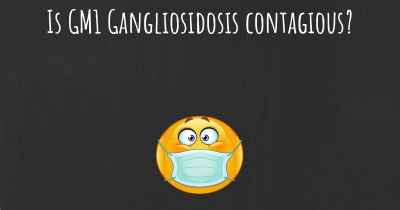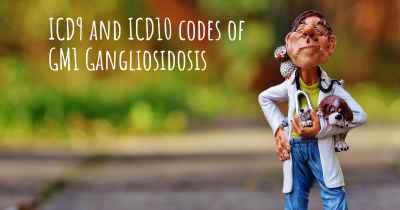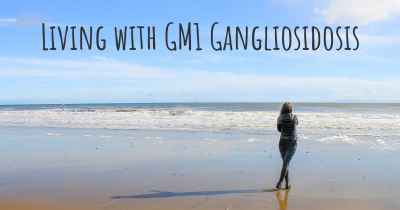What are the best treatments for GM1 Gangliosidosis?
See the best treatments for GM1 Gangliosidosis here
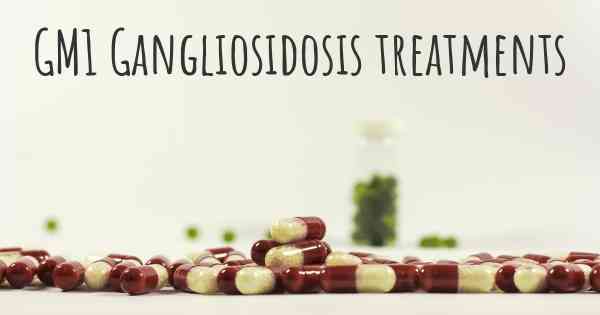
GM1 Gangliosidosis:
GM1 Gangliosidosis is a rare genetic disorder that affects the nervous system. It is caused by a deficiency of an enzyme called beta-galactosidase, which leads to the accumulation of a fatty substance called GM1 ganglioside in the cells. This buildup of GM1 ganglioside primarily affects the brain and spinal cord, leading to a wide range of symptoms and complications.
Treatment Options:
Currently, there is no cure for GM1 Gangliosidosis. However, several treatment options aim to manage the symptoms, slow down the progression of the disease, and improve the quality of life for affected individuals. The treatment approach may vary depending on the specific symptoms and severity of the condition.
1. Symptomatic Treatment:
Managing the symptoms associated with GM1 Gangliosidosis is an essential part of the treatment plan. This may involve a multidisciplinary approach, including:
- Physical Therapy: Physical therapy can help improve muscle strength, mobility, and coordination. It may involve exercises, stretching, and assistive devices to enhance motor skills and prevent contractures.
- Occupational Therapy: Occupational therapy focuses on improving daily living skills, such as feeding, dressing, and self-care. Adaptive equipment and techniques may be recommended to enhance independence and quality of life.
- Speech Therapy: Speech therapy can help individuals with GM1 Gangliosidosis improve their communication skills. It may involve exercises to strengthen oral muscles, alternative communication methods, and strategies to address swallowing difficulties.
- Nutritional Support: As GM1 Gangliosidosis can affect feeding and swallowing, a nutritionist or dietitian may provide guidance on appropriate dietary modifications and nutritional supplements to ensure adequate nourishment.
2. Experimental Therapies:
Researchers are actively exploring experimental therapies for GM1 Gangliosidosis. These treatments aim to address the underlying cause of the disease by replacing or enhancing the deficient enzyme beta-galactosidase. Some of the experimental approaches being investigated include:
- Enzyme Replacement Therapy (ERT): ERT involves administering the missing enzyme beta-galactosidase directly into the body. This approach aims to supplement the deficient enzyme and reduce the accumulation of GM1 ganglioside. While ERT has shown promise in preclinical studies, further research is needed to determine its safety and effectiveness in humans.
- Gene Therapy: Gene therapy involves introducing a functional copy of the gene responsible for producing beta-galactosidase into the cells. This approach aims to correct the underlying genetic defect and restore enzyme activity. Although gene therapy is still in the early stages of development, it holds potential as a future treatment option for GM1 Gangliosidosis.
- Substrate Reduction Therapy (SRT): SRT aims to reduce the production of GM1 ganglioside by inhibiting the synthesis of its precursor molecules. This approach involves the use of small molecules or drugs that interfere with the metabolic pathway leading to GM1 ganglioside accumulation. SRT is currently being investigated in preclinical studies.
3. Supportive Care:
Supportive care plays a crucial role in managing the complications and improving the quality of life for individuals with GM1 Gangliosidosis. This may include:
- Regular Medical Monitoring: Regular check-ups and medical monitoring can help identify and manage any emerging complications promptly. This may involve neurological assessments, imaging studies, and laboratory tests.
- Pain Management: Individuals with GM1 Gangliosidosis may experience pain due to muscle stiffness, contractures, or other complications. Pain management strategies, such as medications, physical therapy, and assistive devices, can help alleviate discomfort.
- Respiratory Support: As the disease progresses, respiratory complications may arise. Respiratory support, such as assisted ventilation or oxygen therapy, may be necessary to ensure adequate breathing and oxygenation.
- Psychosocial Support: GM1 Gangliosidosis can have a significant impact on the affected individual and their family. Psychosocial support, including counseling, support groups, and access to community resources, can help address emotional and social challenges.
Conclusion:
While there is currently no cure for GM1 Gangliosidosis, various treatment options aim to manage symptoms, slow disease progression, and improve the quality of life for affected individuals. Symptomatic treatment, experimental therapies, and supportive care play crucial roles in addressing the specific needs of individuals with GM1 Gangliosidosis. Ongoing research and advancements in experimental therapies offer hope for potential future treatments that may target the underlying cause of the disease.
